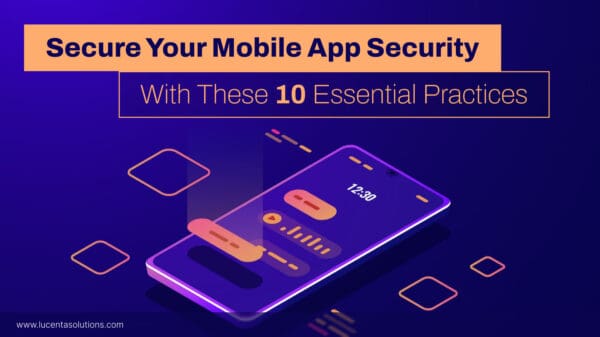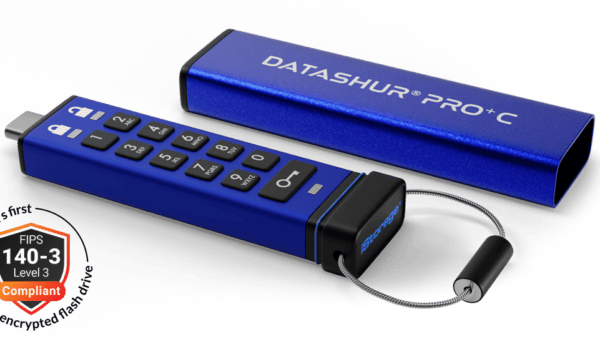Image Source (CC BY-SA 2.0) by Christiaan Colen
At this point, it’s safe to say that most internet users have some basic understanding of the concepts of security. Don’t open emails with .EXE extensions, run a regular malware scan, and don’t click any popup that claims you won anything. Just as computers have evolved, however, so to have security threats. For both users and producers, the new decade makes it necessary to step up your game. Luckily enough, just as with the older examples, adapting to newer threats can be easy with just a few simple concepts in mind.
For Producers
To start with, we need to examine the growing threats that can come with being a website developer and producer. Though this area is mostly streamlined now due to the size the industry has become, it’s not without potential pitfalls that can affect clients. Website security is a two-way street, in other words, and negative outcomes here can have far broader implications than just your bottom line.
One typical example of this can be poor encryption for user account information. At the very least, not going with a professional solution here can risk identity theft. At the worst end, financial information could be taken. There are also potential issues here from how many users rely on the same passwords for many systems. Essentially, if a hacker takes user data from just one website, they might be able to use it to break into many others. Proper encryption and security protocols in this area are a must.
The other side of this equation comes from what is commonly called malvertisement. This is an issue whereby the ads a website hosts can directly interface with malware, making a vulnerable website a hotspot for damaging visitors. Preventing this issue can be a challenge for individuals, though it can be easily achievable by turning to services that manage ads for webpages. These can remove security threats as they arrive, creating a safer environment for everyone.
For Individuals
The most common security threat we’ve dealt with as designated family tech support comes through the use of program installers. We’ve all gotten so used to clicking through without reading essays worth of text that we do it automatically when installing programs, and this can be a major risk. The problem here is the addition of malware which can piggyback as optional features. Always deselect additional programs that come with installers, and always click ‘more’ or ‘advanced’ during the installation process to see and remove these threats.
On a more physical scale, one tactic which we’ve seen gain steam over the last few years comes from hackers leaving physical USB devices in public, called drop attacks. As curious as we are, we can be tempted to take these home to investigate the contents. When this happens, you might see a bunch of random junk. What you might not see is malware hidden beneath the surface. We know it’s tempting, but don’t plug in random flash drives, no matter how curious you are.

Image Source (CC BY-SA 2.0) by HarcoRutgers
These steps are simple, but they’re also effective. For both producers and individuals, security isn’t necessarily complicated on the user level, it’s just easy to overlook. Just as we internalized the older threats out there, adapting to new changes isn’t a difficult thing. Whether for yourself, your business, your friends, or your family, get started in this way and you’ll be set for a far less troublesome digital future.
Thanks for reading this article. If you're new here, why don't you subscribe for regular updates via RSS feed or via email. You can also subscribe by following @techsling on Twitter or becoming our fan on Facebook. Thanks for visiting!

1 Comment
Leave a Reply
Cancel reply
Leave a Reply
This site uses Akismet to reduce spam. Learn how your comment data is processed.























































































































































































Fern
February 4, 2021 at 7:43 pm
Good information about security. We all need a firewall, virus scan and a VPN.